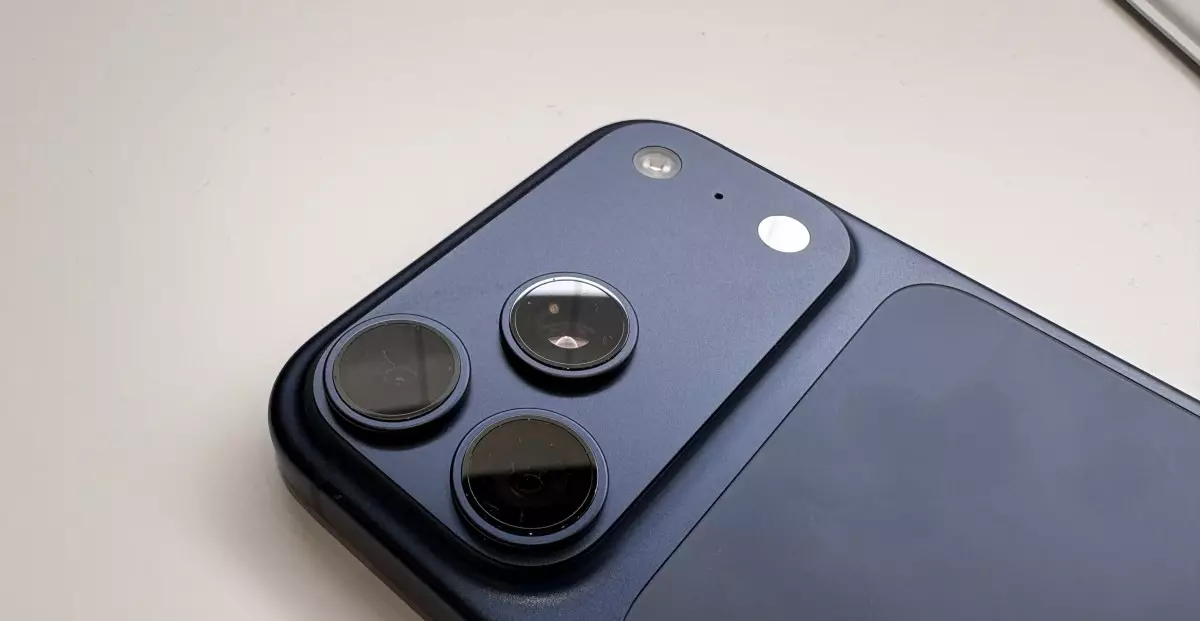In the rapidly evolving landscape of digital threats, the battle between security developers and malicious actors intensifies with each passing year. As spyware and advanced exploits become increasingly sophisticated, tech giants are compelled to push the boundaries of defensive measures. The recent introduction of Memory Integrity Enforcement (MIE) on the iPhone 17 signifies a seismic shift in mobile security architecture. Apple boldly claims this initiative to be “the most significant upgrade to memory safety in the history of consumer operating systems.” This bold assertion underscores a vital shift towards proactive, embedded security that aims to make attacking iPhones not only more difficult but ultimately resource-prohibitive for cybercriminals.
Rather than superficial patches, MIE embeds a robust safety net directly into the hardware and software stack, targeting core vulnerabilities that have historically been exploited by spyware tools like Pegasus. The importance of this development cannot be overstated: in an era where data breaches, device exploits, and targeted surveillance are escalating threats, Apple’s commitment to safeguarding user privacy appears more resolute than ever. By integrating these security measures seamlessly into the operating system and hardware, Apple is reimagining the fundamental architecture of mobile security, turning it into an almost insurmountable fortress for malicious code.
Technical Innovation Meets Strategic Security
What makes MIE particularly groundbreaking is its comprehensive scope — it stretches across critical attack surfaces, including both kernel and over 70 userland processes. This wide net of coverage sets it apart from previous efforts that often focused on specific vulnerabilities or partial protections. Built on the foundation of the Enhanced Memory Tagging Extension (EMTE), MIE leverages advanced hardware features supported by the latest Apple A19 and A19 Pro chips. The result is a fortified environment that actively tracks and verifies memory allocations, preventing common exploits such as buffer overflows and use-after-free vulnerabilities.
Moreover, Apple’s approach introduces secure typed allocators and mechanisms that protect memory tag confidentiality. This strategic layering of protections is akin to a multi-level security architecture, where if one component is breached, others remain resilient. Notably, Apple claims that these enhancements impose “virtually zero CPU cost,” addressing traditional concerns that security features often hinder device performance. By designing these protections to work seamlessly “out of the box,” Apple emphasizes that security should be unobtrusive — a crucial factor in user adoption and market success.
Apple’s efforts extend beyond just hardware. They intend to make these protections default for all users, recognizing that optimal security should not be a privilege reserved for technologists but a standard for every iPhone owner. As industry leaders like Microsoft and ARM have introduced similar features such as Memory Tagging Extension, Apple’s layered, all-encompassing implementation appears to set a new benchmark for mobile security.
The Implications for Cybercriminals and the Broader Security Ecosystem
The implications of such a comprehensive security overhaul are profound for cybercriminal ecosystems. Exploits that target memory vulnerabilities, once lucrative for spyware developers, face obsolescence in this new security landscape. The cost—both in terms of effort and resources—has increased dramatically, effectively raising the barrier to entry for those developing mercenary spyware and targeted exploits. Apple’s focus on making these protections pervasive, supported by a new generation of secure chips, suggests that cybercriminals will have to rethink their strategies from the ground up.
Security-focused projects like GrapheneOS acknowledge these advancements but also raise questions regarding how such features compare across platforms. Android, for example, recently integrated Memory Tagging Extension support, but its implementation remains less comprehensive and default compared to Apple’s approach. Apple’s ability to embed these protections deeply into its ecosystem gives it a clear edge, fostering an environment where exploiting memory vulnerabilities becomes prohibitively complicated.
Yet, as advanced as these defenses are, the reality remains that no system is impenetrable. Attackers with enough motivation always seek new vectors—a fact that underscores the importance of continuous innovation in security. While Apple’s MIE significantly raises the cost and complexity for attackers, it also sets a challenge for security researchers and malicious actors alike: adapt or be left behind. The real test will be whether these protections hold up once initial exploits are attempted in the wild and whether they can mitigate emerging, unforeseen attack techniques.
The Future of Mobile Security Is Now
Ultimately, Apple’s push toward Memory Integrity Enforcement signals a decisive move toward a future where device security is baked into the very fabric of hardware and software. It underscores a philosophy that user privacy and integrity should not be afterthoughts but fundamental principles. For consumers, this translates into more secure devices that defend their data with an unprecedented level of sophistication. For security professionals, it sets a new standard that others will inevitably follow.
While time will reveal the true resilience of these protections, the trajectory is unmistakable: the smartphone, once seen as a flexible, multitasking portal, is transforming into a fortress crafted for the digital age. With each layer of protection added, the risk to malicious actors becomes greater, encouraging a shift toward more ethical, privacy-respecting technology. In this landscape, Apple’s Memory Integrity Enforcement could very well mark the turning point where mobile security becomes an unassailable bastion, making it not only difficult for hackers but also fundamentally reshaping the battleground itself.

